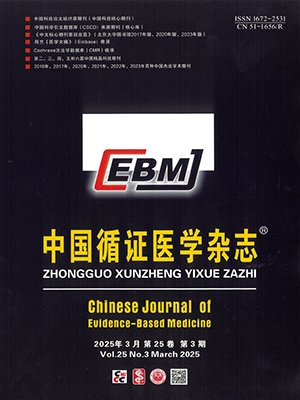Objective To analyze the characteristic and temporal trend in mortality and disease burden of Alzheimer’s disease (AD) and other forms of dementia in Guangzhou from 2008 to 2019, and estimate the disease burden attributable to smoking to provide evidence for promoting local health policy of prevention and intervention of dementia. Methods Based on the data of Guangzhou surveillance point of the National Mortality Surveillance System (NMSS), the crude mortality, standardized mortality, years of life lost (YLL) of AD and other dementia were calculated. The indirect method was used to estimate years lived with disability (YLD) and disability-adjusted life years (DALY).The distribution and changing trends of the index rates were compared from 2008 to 2019 using Joinpoint Regression Program. Based on the data of Guangzhou Chronic Disease and Risk Factors Monitoring System in 2013, the indexes of disease burden of AD and other forms of dementia attributable to smoking in 2018 was calculated. Results The standardized mortality rate, YLL rate, YLD rate and DALY rate of AD and other forms of dementia in Guangzhou increased from 0.45/100 000, 0.05‰, 0.02‰ and 0.07 ‰ in 2008 to 1.28/100 000, 0.15‰, 0.07‰ and 0.22‰ in 2019, respectively. The average annual changing trend was statistically significant (AAPC=11.30%, 13.09%, 13.09%, 13.09%, P<0.001). In most years, the mortality and disease burden of women were higher than those of men, but men had higher growing trend than women in standardized mortality rate, YLL rate, YLD rate and DALY rate from 2008 to 2019, with a slower growing speed after the year 2012.The disease burden of dementia attributable to smoking in men was significantly higher than that in women. Conclusion The mortality and disease burden of AD and other forms of dementia in Guangzhou have dramatically increased over the past twelve years. Intervention against modifiable factors such as smoking, and prevention and screening for dementia in key populations should be strengthened. Support policies for dementia care management should be adopted to reduce the disease burden caused by premature death and disability.
Citation: GAO Jing, TAN Wenjing, ZHANG Xinmei, ZHOU Shangcheng, LI Chengcheng, XIONG Xuejun. Analysis on the status and temporal trend of dementia burden in Guangzhou from 2008 to 2019 and burden attributable to smoking. Chinese Journal of Evidence-Based Medicine, 2025, 25(2): 141-147. doi: 10.7507/1672-2531.202402067 Copy
Copyright © the editorial department of Chinese Journal of Evidence-Based Medicine of West China Medical Publisher. All rights reserved
-
Previous Article
Evidence-based construction of evaluation items for selecting priority clinical questions of traditional Chinese medicine guidelines HUZiteng, CHEN Yaxin, ZHANG Haili, LI Huizhen, ZHANG Yujing, LIU Yuqi, ZHAO Chen, CAO Wenjie, WANG Weili, ZONG Xingyu, YANG Yijiu, ZHANG Fuqiang, WANG Yanping, LIANG Ning, SHI Nannan -
Next Article
Vitamin D, obesity and polycystic ovary syndrome: a two-sample and multivariate Mendelian randomization study WENWeian, SONG Ning, LI Jingxia, DING Yuesen




